The endocrine system is primarily composed of glands that produce chemical messengers called hormones. Glands of the endocrine system include the pituitary gland, the thyroid gland, the parathyroid glands, the thymus, and the adrenal glands. Other glands are also included within the endocrine system since they contain endocrine tissue that secretes hormones. These include the pancreas, ovaries and testes. The endocrine and nervous systems work very closely together. The brain continuously sends instructions to the endocrine system, and in return receives feedback from the endocrine glands. Because of this intimate relationship, the nervous and endocrine systems are referred to as the neuroendocrine system. The hypothalamus is known as the master switchboard because it’s the part of the brain that controls the endocrine system. The pituitary gland, which hangs by a thin stalk from the hypothalamus, is called the master gland of the body because it regulates the activity of the endocrine glands. The hypothalamus detects the rising level of the target organ’s hormones then sends either hormonal or electrical messages to the pituitary gland. In response, the pituitary gland releases hormones, which travel through the bloodstream to a target endocrine gland, instructing it to stop producing its hormones. Here’s how the endocrine system keeps itself in check: eventually, the hypothalamus detects the rising level of the target organ’s hormones, and sends a message to the pituitary gland. The pituitary gland then stops releasing certain hormones, causing the target organ to stop producing its hormones. The endocrine system constantly adjusts hormone levels so that the body can function normally. This process is called homeostasis. The endocrine system is the collection of glands of an organism that secrete hormones directly into the circulatory system to be carried towards distant target organs. In humans, the major endocrine glands include the pineal gland, pituitary gland, pancreas, ovaries, testes, thyroid gland, parathyroid gland, and adrenal glands. In vertebrates, the hypothalamus is the neural control center for all endocrine systems. The field of study dealing with the endocrine system and its disorders is endocrinology, a branch of internal medicine. Special features of endocrine glands are, in general, their ductless nature, their vascularity, and commonly the presence of intracellular vacuoles or granules that store their hormones. In contrast, exocrine glands, such as salivary glands, sweat glands, and glands within the gastrointestinal tract, tend to be much less vascular and have ducts or a hollow lumen. A number of glands that signal each other in sequence are usually referred to as an axis, for example, the hypothalamic-pituitary-adrenal axis. In addition to the specialized endocrine organs mentioned above, many other organs that are part of other body systems, such as bone, kidney, liver, heart and gonads, have secondary endocrine functions. For example, the kidney secretes endocrine hormones such as erythropoietin and renin. Hormones can consist of either amino acid complexes, steroids, eicosanoids, leukotrienes, or prostaglandins. The endocrine system is in contrast to the exocrine system, which secretes its hormones to the outside of the body using ducts. As opposed to endocrine factors that travel considerably longer distances via the circulatory system, other signaling molecules, such as paracrine factors involved in paracrine signalling diffuse over a relatively short distance. The human endocrine system consists of several systems that operate via feedback loops. Several important feedback systems are mediated via the hypothalamus and pituitary. TRH – TSH – T3/T4 GnRH – LH/FSH – sex hormones CRH – ACTH – cortisol Renin – angiotensin – aldosterone leptin vs. insulin Endocrine glands are glands of the endocrine system that secrete their products, hormones, directly into instastial spaces and then absorbed into blood rather than through a duct. The major glands of the endocrine system include the pineal gland, pituitary gland, pancreas, ovaries, testes, thyroid gland, parathyroid gland, hypothalamus and adrenal glands. The hypothalamus and pituitary gland are neuroendocrine organs. The Hypothalamus Essentials The portion of the brain that maintains the body’s internal balance (homeostasis). The hypothalamus is the link between the endocrine and nervous systems. The hypothalamus produces releasing and inhibiting hormones, which stop and start the production of other hormones throughout the body. Pituitary Gland Essentials: The hormones of the pituitary gland help regulate the functions of other endocrine glands. The pituitary gland has two parts—the anterior lobe and posterior lobe—that have two very separate functions.

How Hormones Work in the Body Animation – Endocrine System Anatomy & Physiology Video – Hypothalamus
- Post author:
- Post published:May 2, 2021
- Post comments:0 Comments
You Might Also Like
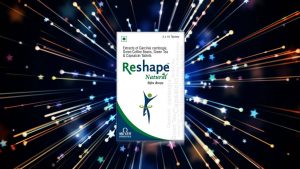
Reeshape Natural

SIDE EFFECTS OF WHEY PROTEIN

Progressive Muscle Relaxation – Guided Meditation

Front Raises supersetted w/ Lateral Raises

Human body composition
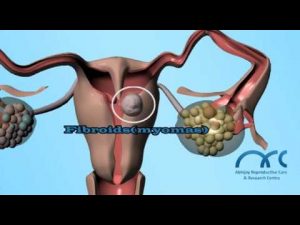
Hysterosalpingogram Procedure | Hysterosalpingogram Video – ARC Chennai
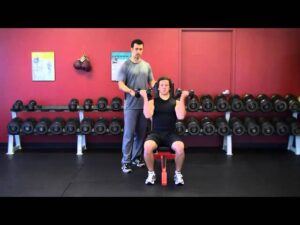
Dumbbell Seated Overhead Press – Supinated Grip
Hair Fall Protection Medicine Minoxidil For Local Application

DECLINE AND FLAT BENCH PRESS BY SANGRAM CHOUGULE ON JERAI FITNESS EQUIPMENT

Uses of Cheapest Vitamin B Complex with B12 NEUROBION FORTE

The Science of Doping: How Testosterone-Boosting Drugs Work

Back Extension…You’re Doing It WRONG
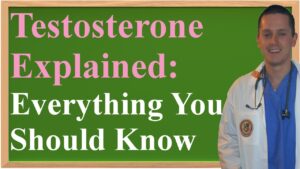
Testosterone Explained: Everything You Should Know (Made Simple to Understand)
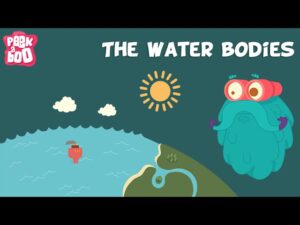
The Water Bodies | The Dr. Binocs Show | Educational Videos For Kids

Can testosterone supplements affect male fertility – Dr. Vasan S S

Exercises for Women Over 60 : General Fitness Tips
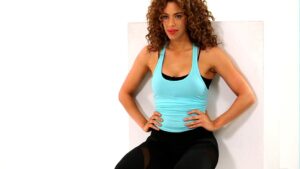
Wall Sit-5

What is Jaundice in Newborns?

HGH, Growth Hormones & Plant Hormones Video – 36

3 PREACHER CURLS THAT MADE MY BICEPS EXPLODE

The benefits of creatine UNBELIEVABLE!! Before and after results

About Your Heart Attack | Nucleus Health

Flat Bench Fly-6

Important Protein Functions

What Is The Difference Between BCAAs and EAAs? MassiveJoes.com MJ Q&A Essential Amino Acids
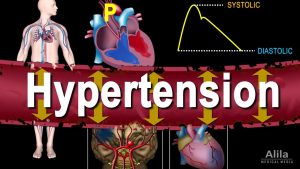
Hypertension – High Blood Pressure, Animation

How to do One Arm Dumbbell Triceps Extension? Avoid any injury. #52
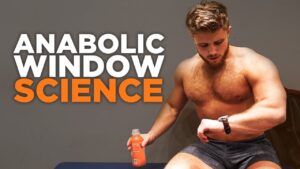
The Post-Workout Anabolic Window (MYTH BUSTED with Science)

Diabetic Nutrition Video – 2

Erythrocyte Sedimentation Rate ESR Nursing Considerations, Normal Range, Nursing Care

Human Body, Body Building Muscle Building Anatomy Physiology Video – 44
Latissimus Dorsi Bent Over Row-11

Secrets to muscle growth!
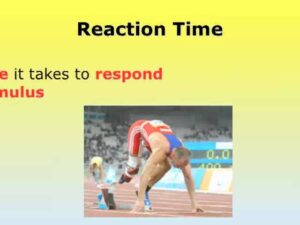
6 components of Skill related fitness.mov

How To: Bench Dip

Eat Food To Lose Belly Fat Naturally

Weight Training Video – 2

Dr David Marais “Examining the Lipid profile”
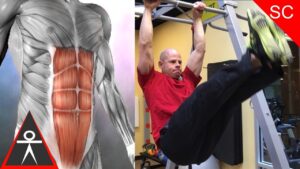
Leg Raises-6

Best Upper Back Exercise – Dumbbell Row

No More “Love Handles” (NO BULLSH*T!)

